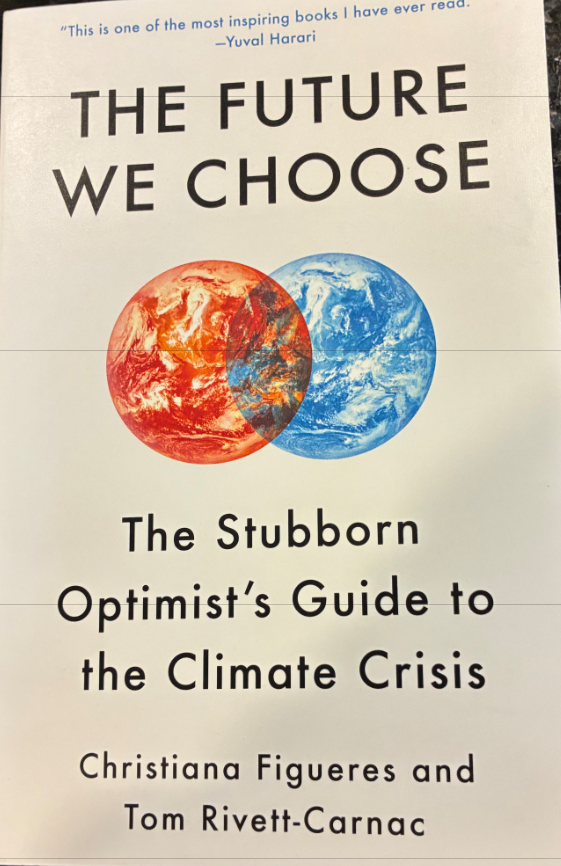Commentary
C-10 Keeps the Focus on Safety at Seabrook

Editor’s note: This is one in a continuing series of guest opinions about fostering environmental stewardship. The series is coordinated by ACES, the Alliance of Climate & Environmental Stewards.
We are fortunate to live in an extremely beautiful part of the world. Plum Island and the Great Marsh, the Merrimack River Valley are natural treasures — and home to our friends, family, schools and businesses.
That’s why it’s difficult to contemplate that we share our home with an aging, deteriorating nuclear power plant. While many people and government agencies are working to keep Seabrook Station safe, living near a nuclear plant is not without risk.
Since the day Seabrook began splitting atoms in 1990, the C-10 Research and Education Foundation (C-10) has been looking out for the safety of Seabrook’s neighbors — people, wildlife and the natural environment. We operate a real-time radiological monitoring network under contract with the Commonwealth of Massachusetts to track permitted releases, and detect when beta and gamma radiation are elevated.
While, thankfully, such spikes have been rare, our data on high radiological readings, as well as wind speed and direction, could be used to help emergency officials protect the public in the event of an accident at Seabrook.
Aside from operating the Citizens Radiological Monitoring Network, C-10 also keeps tabs on safety concerns at Seabrook by tracking filings and reports with the U.S. Nuclear Regulatory Commission.
While, over the years, there have been a number of serious issues that could have exposed the plant to greater risk of an accident, what Seabrook is now facing dwarfs them all: an unstoppable type of concrete degradation known as alkali-silica reaction, or ASR.
Seabrook is the first commercial reactor in the U.S. known to be suffering from this condition, but since it takes years to develop, experts believe it will appear at others. To date, there are no regulations governing treatment of ASR at nuclear plants.
This problem, which first came to light at Seabrook a decade ago, is why C-10 convinced the NRC’s Atomic Safety and Licensing Board to hold evidentiary hearings where we will challenge the concrete testing and monitoring protocols proposed by the plant’s owner, NextEra — the so-called “aging management plans” that the NRC saw as sufficient to extend the plant’s operating license to 2050.
During the last week of September, right at Newburyport City Hall, one of the world’s leading experts on ASR, Dr. Victor Saouma, will represent C-10 in a hearing before the Atomic Safety and Licensing Board.
Dr. Saouma has told us that from what he sees, nobody on NextEra’s team or at the NRC has the necessary expertise in this complex problem, and they simply aren’t doing the right type of testing and analysis to know what’s really happening inside Seabrook’s walls. He is concerned about how the concrete would perform if there were an earthquake, and whether such an event would release radiation into the environment.
C-10 wants the NRC to hold NextEra to the highest standards of safety; but really, our goal is your safety. If we prevail, the NRC will compel NextEra to go “back to the drawing board” with its concrete testing protocols. You can learn more about our case, and watch a brief video about this issue, here. (https://www.c-10.org/challenge-to-seabrooks-concrete-monitoring).
After countless hours of research and preparation, soon we'll have our day in court, and you will have the chance to provide your comments on Sept. 23, from 6 to 8 pm at Newburyport City Hall. To do so, you must sign up by Sept. 13; details are here. (https://www.nrc.gov/docs/ML1917/ML19176A346.pdf).
“We are at a critical moment when NextEra has the burden of proving that this program they’ve proposed is adequate,” C-10 attorney Diane Curran told a packed hall at C-10’s annual public meeting in June. “This is your opportunity. It’s not going to come up again.”
It’s easier not to think about the dangers that the Seabrook nuclear plant could pose to people and the environment. But for nearly three decades, C-10 has chosen instead to shine a light and speak out.
We hope to continue this important work for as long as Seabrook operates and beyond. To do so, we rely on the support and engagement of you, Seabrook’s neighbors.
Natalie Hildt Treat is executive director of C-10. Patricia L. Skibbee is president of the board.
This column was coordinated by ACES Intern and NHS Senior, Eleni Protopapas, who can be reached at eleniprotopapas@gmail.com to share any comments or questions. To learn more about ACES and our Youth Leadership Initiative, please view our WEBSITE – https://www.aces-alliance.org
.svg)






